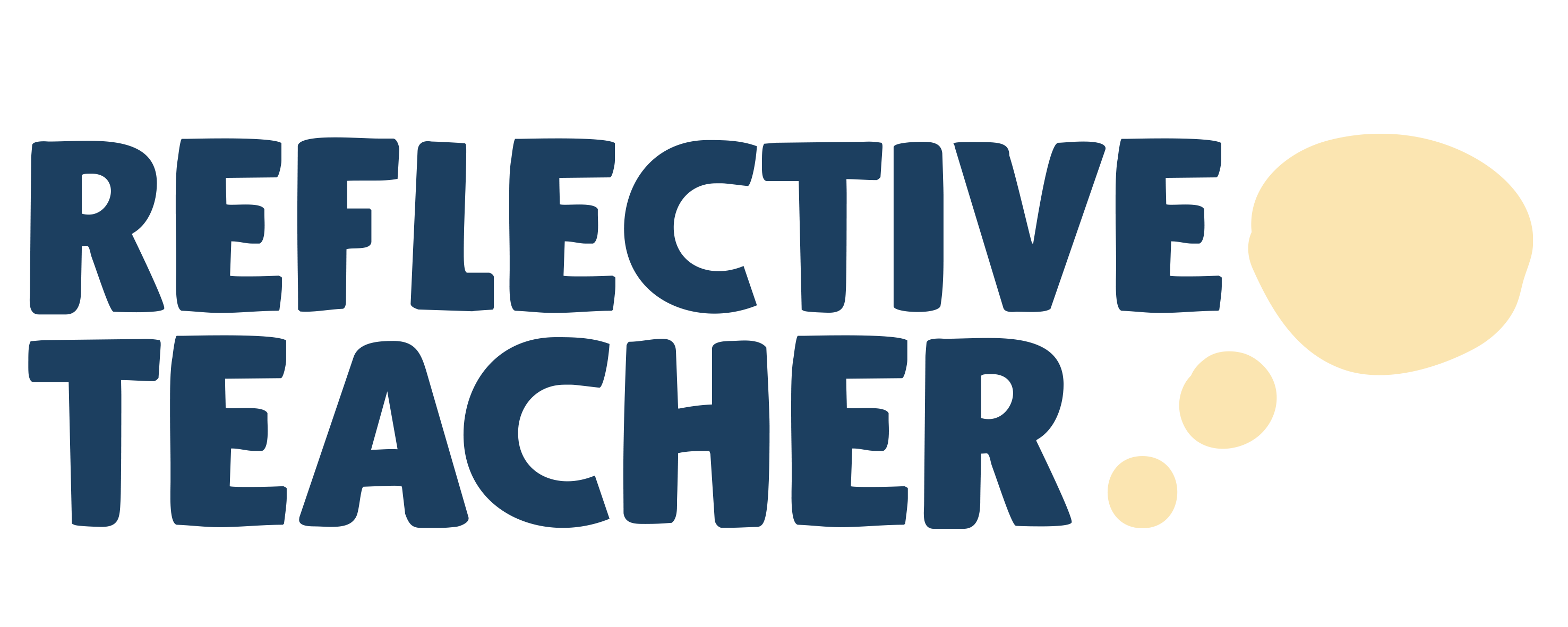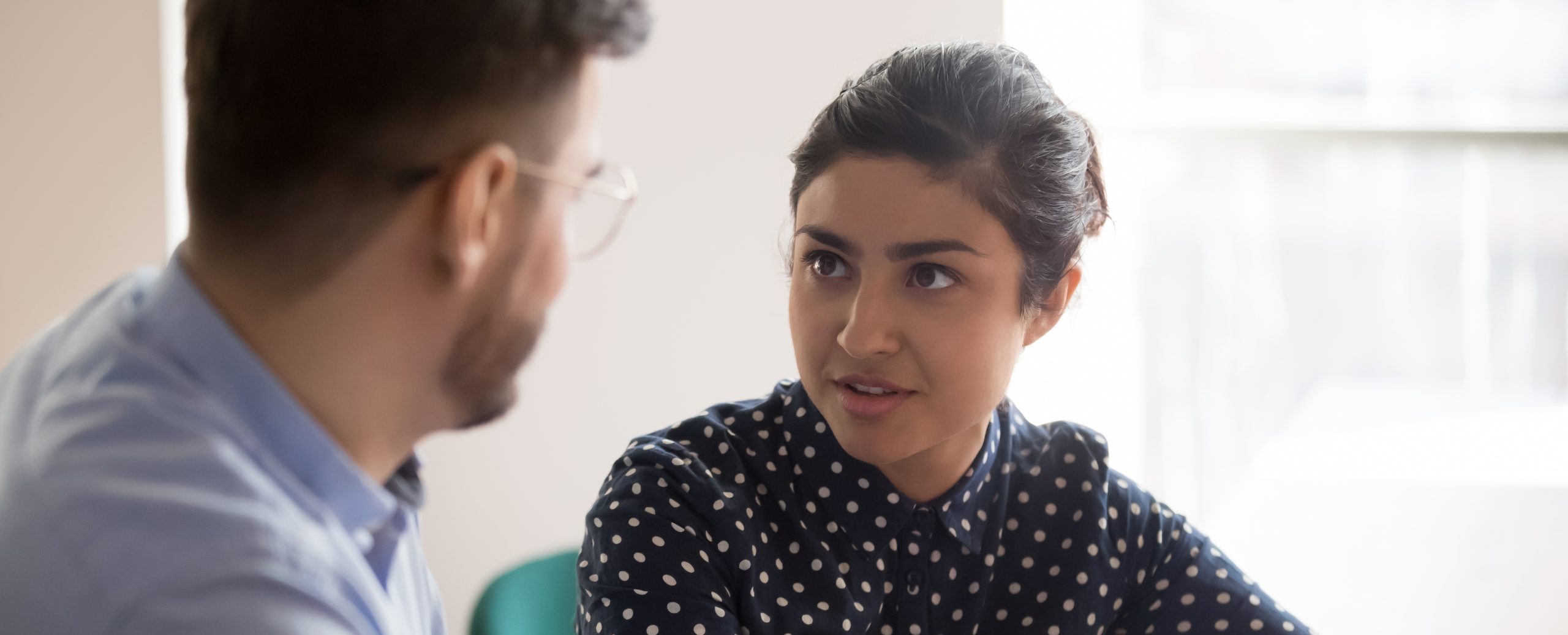How 3 classroom teachers are improving their delivery
Every conscientious teacher wants to continue improving the way they deliver lessons. However, with the huge pressures that come with the job, that’s not always easy. Here, three classroom teachers, at various stages of their careers, share their experiences of reflective teaching practice and how using them has helped them to make a positive difference.
Katharine Willett, Head of History, Duke’s Secondary School, Northumberland
We have partnerships in our school where we’re paired with someone from a completely different department and observe each other every half term. We reflect on each other’s practice and have conversations about our own practice. I’m paired with a PE teacher – so he’ll watch me teaching the Vietnam War, for example, and I’ll watch him teaching something like table tennis. And because I haven’t a clue how to play table tennis, it makes me focus on the actual teaching, how he’s getting those messages across, using differentiation, and so on.
My own reflective teaching practice
In terms of my own practice, I realised that my GCSE students were struggling with long-answer exam questions. This encouraged me to speak to the other departments, like English and RE, which have similar kinds of questions. As a result, I brought something new into my practice that I hadn’t used before, which is ‘structure strips’ – basically, an easy-to-use mnemonic with sentence-starters that helps the students to remember the elements they need to include in their answers to get the highest marks. It seems to be working really well so far, as I’m seeing very encouraging results with it this year and I’m hoping it’s going to have some impact on our exam results.
Overall, I’ve found that the important thing is to look back after a lesson, particularly if it didn’t go too well. Your lessons are never going to get any better, and the students are not going to get better results, unless you reflect on your practice and make changes. Of course, you can’t do that after every lesson, but just by having a reflective attitude and constantly making a note of ideas, you can help to keep everything fresh – and that’s likely to benefit both you and the students.
Scott Stanyer, Art Teacher and Associate Assistant Headteacher, Putteridge High School, Luton
I like the fact that my school has moved away from the more traditional observations of staff, where we were seen once a term and graded based purely on a single lesson. You’d be put under immense pressure and closely scrutinised for a single moment in time, which everyone knew was nothing like the reality of your day-to-day teaching. Then, if you got a grade like ‘requires improvement’, you’d be under even more pressure for your next observation.
An “open door” classroom approach
Instead, we’ve moved to an ‘open door’ classroom approach, which is really helping me and my colleagues to improve our practice. It’s things like learning walks, where someone will pop in and focus on just one thing that you’re doing – for example, how you’re talking to the students – and seeing how that can be developed and improved over time.
As a result, I’ve got used to having other people in my classroom. Before, you wouldn’t see anybody apart from once a term for that observation, but now there’s a high footfall of people walking in just to have a look at what you’re doing. That’s definitely benefited me and the whole school.
James Pearson, Geography Teacher, Duke’s Secondary School, Northumberland
We’re very focused on what we call the ‘DNA’ learning skills, which are essentially processes through which students learn, such as resilience, independence, critical thinking, questioning, stretching and challenging, and so on.
One area of my reflective teaching practice that I realised I needed to focus on was finding ways of allowing the students to explore and be a bit more independent. However, that’s difficult when you’re teaching geography to children from a deprived catchment area like ours, who sometimes haven’t had the opportunity to go much further than their local area. So I’ve used technology to create some virtual fieldwork experiences – such as ‘visiting’ London or Antarctica – so students have an equal opportunity to ‘explore’ and learn to be more independent. For example, they can visit an Antarctic research station and see penguins walking around! It’s great to be able to give them that kind of opportunity and hear them say “wow”.
Improved confidence in teaching
Thanks to reflective practices, and the fact that the SLT are very supportive, I think I’ve improved my confidence as a teacher. I feel I can be more experimental with some of the tasks we do, especially when bearing in mind those DNA strands: I’m always thinking, what skills am I developing? Plus, it’s always good to have a specific focus in the lesson and the opportunity to try out something a bit different to your normal practice.
The children are usually quite forgiving and if you do something that doesn’t go right, it can actually help in the long run. You can say to them that you tried but it didn’t work, and then they’ll realise themselves that it’s OK to make a mistake and learn from it.
To find out more about how the right technology can support reflective practices, and improve the quality of teaching in your school, get in touch with us now.



No responses yet